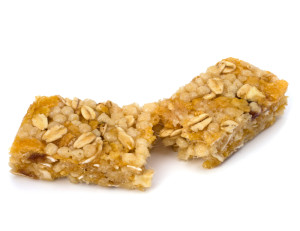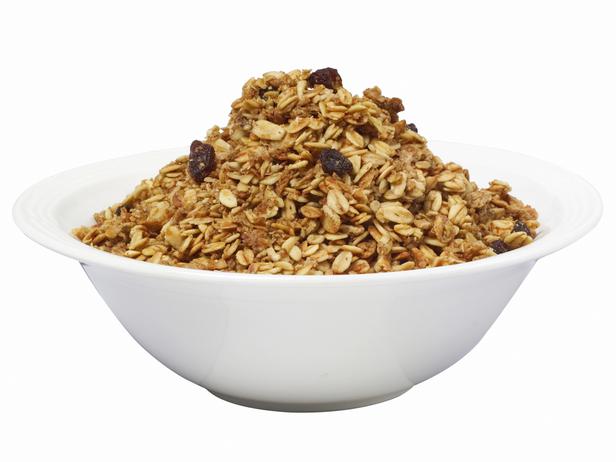As a nutritionist, one of the biggest issues I have with makers of commercially prepared salad dressings, crackers, muffins and cookies is their use of the term “fat-free”. In Canada, a food company is allowed to label their product as “fat-free” if it contains less than 1 gram of fat per serving. Here’s why I’m concerned about that:
1. The type of fat used in the product may be a source of trans fats, such as hydrogenated oils or vegetable shortening. These fats lower protective HDL cholesterol and raise risk-associated LDL cholesterol. Considering that cardiovascular disease is the number one killer of Canadians, none of us needs that.
2.Who actually eats just one serving of their favourite cracker, dressing or cookie at one sitting? Enough said.
3. Sugar is added to bring flavour to fat-free and low-sodium foods. This should concern diabetics and parents with overweight kids in particular, especially if the sugar is listed as ” high-fructose corn syrup” or “dextrose”. These sugars have a high-glycemic index, rapidly raising blood sugar and contributing to hyperactivity in susceptible individuals.
4. Fat-free foods contain extra sodium to make them taste better. Individuals with breathing difficulties, high blood pressure or PMS need to watch out for this additive. Salt is a popular and cheap flavour enhancer that most Westerners don’t notice until it’s gone because processed foods can taste bland without it.
5. Fat-free foods reduce the feeling of satiety. Have you ever had a fat-free muffin and wonder why you couldn’t stop there? Without fats, starchy foods leave the stomach more rapidly, leaving the eater with hunger pangs sooner than if they had eaten a ‘regular’ fat-containing muffin. You’ll probably ingest more calories through a larger serving of the fat-free food than you would have if you’d eaten the fat-full version!
There are more fat-free foods on the marketplace and more obesity than ever before. Coincidence? I doubt it. Do yourself a favour and avoid products labeled “fat-free”.
Do “fat-free” – labeled products taste good to you?
